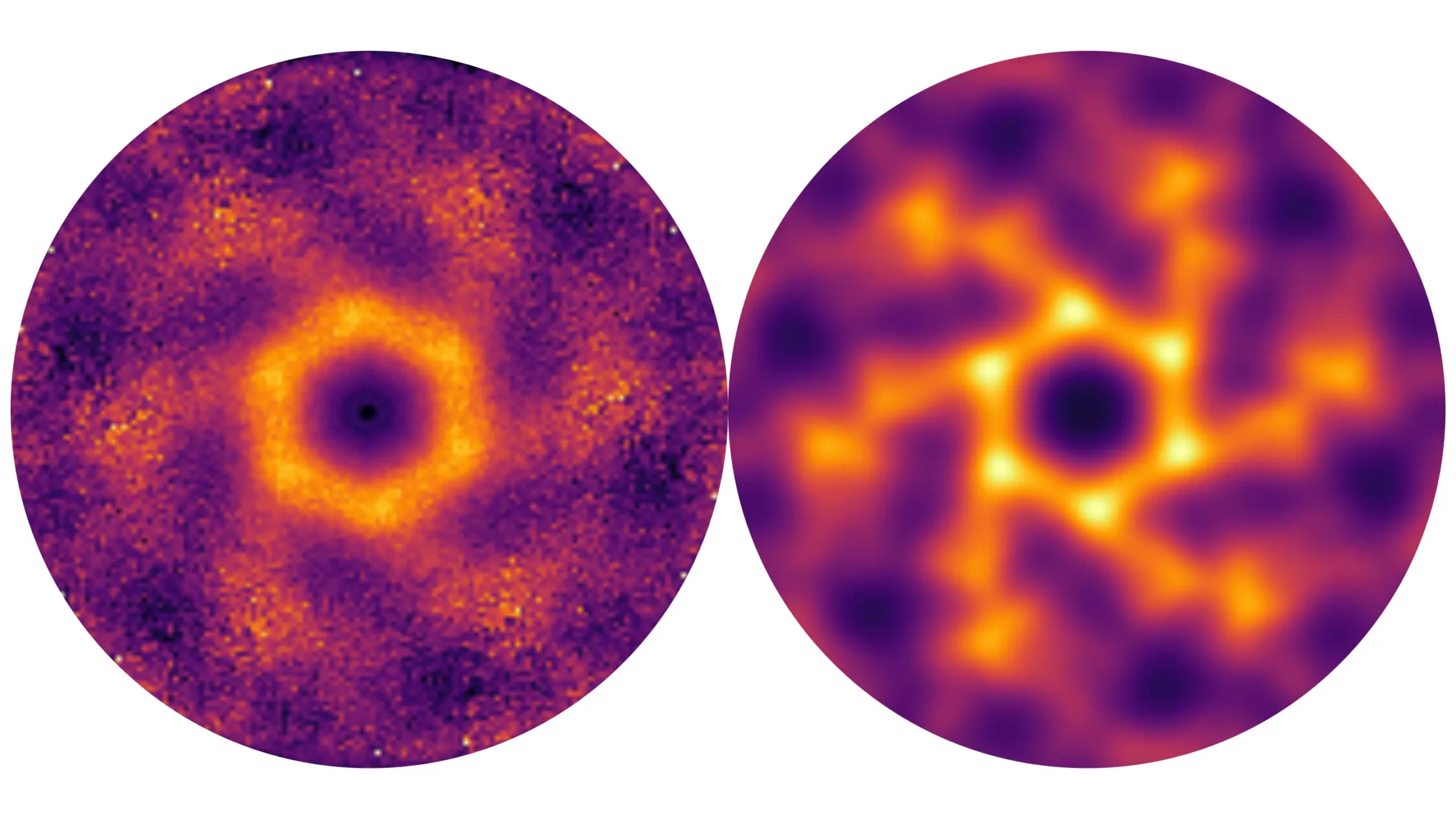In a groundbreaking discovery, an international team of researchers has identified a 3D quantum spin liquid in the vicinity of a member of the langbeinite family. This finding sheds light on the unique behavior induced by the material’s specific crystalline structure and magnetic interactions, creating an island of liquidity within the substance.
The study conducted experiments at the ISIS neutron source and utilized theoretical modeling on a nickel-langbeinite sample to uncover this rare phenomenon. When the spins in a crystal lattice experience magnetic frustration, where they cannot align to achieve a minimum energy state, a quantum spin liquid emerges. This disordered fluctuation of spins persists even as the temperature nears absolute zero, showcasing the intriguing nature of quantum spin liquids.
Traditionally, quantum spin liquids were primarily studied in two-dimensional structures; however, this recent discovery illustrates that such behavior can also manifest in 3D structures, albeit less frequently observed. The publication of this work in the prestigious journal Nature Communications highlights the significance of this breakthrough in the field of quantum materials.
Langbeinites, sulfate minerals rarely found in nature, were synthesized to create artificial crystals for the study with the molecular formula K2Ni2(SO4)3. The magnetic element nickel within these crystals plays a crucial role, forming trillium lattices that intertwine to generate magnetic frustration. When an external magnetic field is applied, the spins of the nickel ions cannot align optimally, resulting in the formation of a quantum spin liquid.
The research team, led by Ivica Živković and HZB theorist Johannes Reuther, conducted experiments at the British neutron source ISIS in Oxford to measure the magnetic fluctuations in the langbeinite crystals. The data obtained at remarkably low temperatures, including 2 Kelvin, exhibited characteristic quantum spin liquid behavior. The team then employed various theoretical methods, including Monte Carlo simulations and Feynman diagrams, to explain the observed phenomena.
The successful correlation between experimental measurements and theoretical models underscores the complexity of the interactions in this system. The study of langbeinites as a new class of 3D quantum spin liquids opens up avenues for further exploration and potential applications in quantum technologies. The synthesis of novel langbeinite materials by HZB physicist Bella Lake hints at the exciting possibilities that lie ahead in understanding and harnessing quantum behavior in diverse material systems.


Leave a Reply